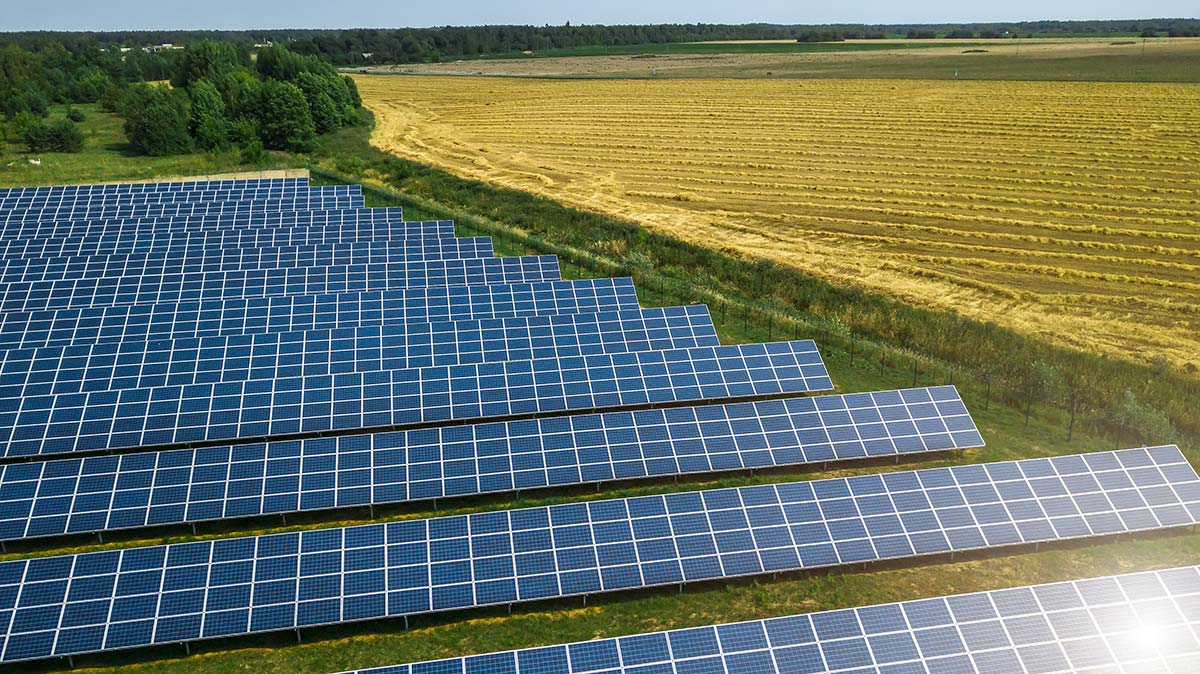Solar United Neighbors (SUN), a Washington, D.C.-based solar nonprofit organization, announced the launch of its Community Solar Project platform, a free resource for consumer education.
Community solar, sometimes called shared solar, is pitched as a way for homeowners, businesses and other organizations like nonprofits to invest in the benefits of clean energy when they have unsuitable conditions for rooftop or ground-mounted installations.
Either through buying or leasing a portion of an off-site solar project, customers typically receive a utility bill credit for the electricity generated by their share of the community solar system, similar to the way rooftop solar net billing works.
“People are searching for ways to access locally-generated renewable energy and this tool will help expand access to community solar through education and consumer empowerment. Community solar also offers low- and middle-income households the opportunity to access the cost-saving benefits of distributed solar energy without having to install solar themselves,” said Corey Ramsden, vice president of Go Solar Programs, Solar United Neighbors.
This class of solar projects is also hailed as an opportunity to ensure a more equitable energy transition. Residential rooftop solar has been historically adopted by higher-income customers, though that trend has been softening recently.
A National Renewable Energy Laboratory (NREL) study estimated that nearly half of all U.S. households and businesses are unfit to host rooftop solar arrays. There are many reasons why one might invest in community solar instead of rooftop solar, including:
- Unsuitable space – too much shading or lack of solar irradiance, improper roof size, material, structure, or unsuitable ground-mount area
- Financial reasons – rooftop solar too large of an upfront investment, lack of credit score for no-upfront cost programs like power purchase agreements, lack of supportive incentives for rooftop solar
- Living situation – renters, or those in restrictive homeowner association areas (HOA)
“I have a small roof. It can’t fit enough solar panels to cover my yearly electricity usage, so I subscribe to community solar for the rest,” said Ramsden.
Community solar is currently available in 20 states and Washington, D.C., as a solar subscriber option. SUN’s vendor-neutral resource offers an overview of how community solar works, what to consider when shopping for subscriptions, and where projects can be found.
National partnership
The Department of Energy (DOE) is promoting the buildout of community solar through the National Community Solar Partnership (NCSP). NCSP, along with the Biden Administration, set a goal to achieve the equivalent of 5 million households subscribed to community solar projects by 2025, leading to $1 billion in bill savings based on an assumption of a 20% bill discount.
The goal represents a 700% increase in total community solar deployment, growing from 3 GW in 2020 to 20 GW in 2025. NCSP works to achieve these goals through engaging stakeholders, providing technical assistance, and collaboration on addressing common development barriers through sharing resources and information.
A full list of NCSP and affiliate resources can be found here.
This content is protected by copyright and may not be reused. If you want to cooperate with us and would like to reuse some of our content, please contact: editors@pv-magazine.com.









By submitting this form you agree to pv magazine using your data for the purposes of publishing your comment.
Your personal data will only be disclosed or otherwise transmitted to third parties for the purposes of spam filtering or if this is necessary for technical maintenance of the website. Any other transfer to third parties will not take place unless this is justified on the basis of applicable data protection regulations or if pv magazine is legally obliged to do so.
You may revoke this consent at any time with effect for the future, in which case your personal data will be deleted immediately. Otherwise, your data will be deleted if pv magazine has processed your request or the purpose of data storage is fulfilled.
Further information on data privacy can be found in our Data Protection Policy.